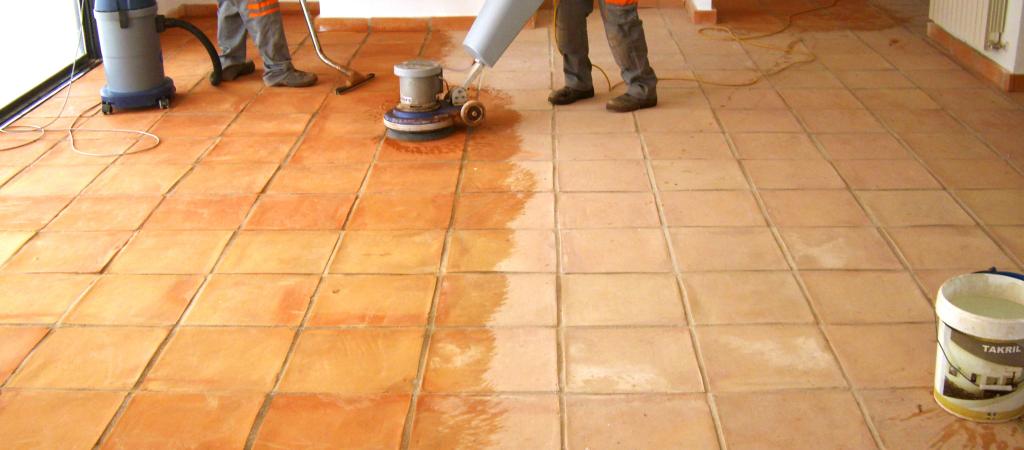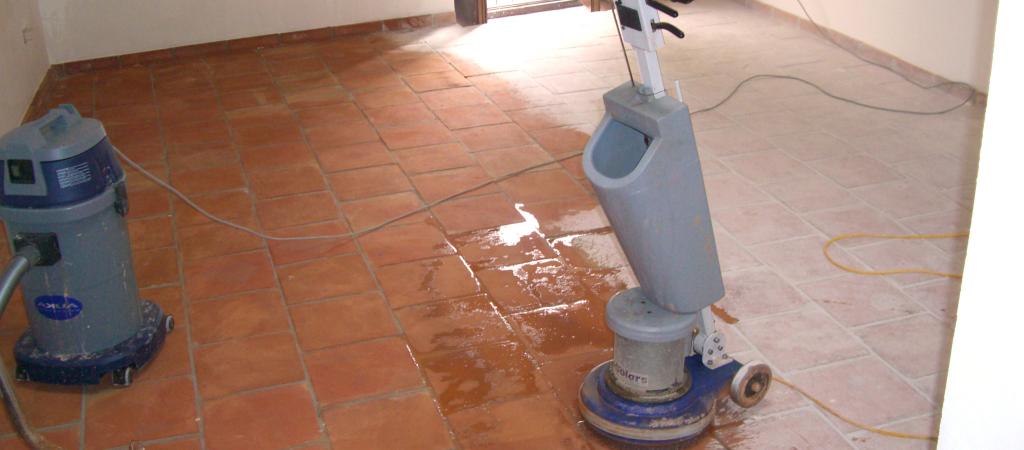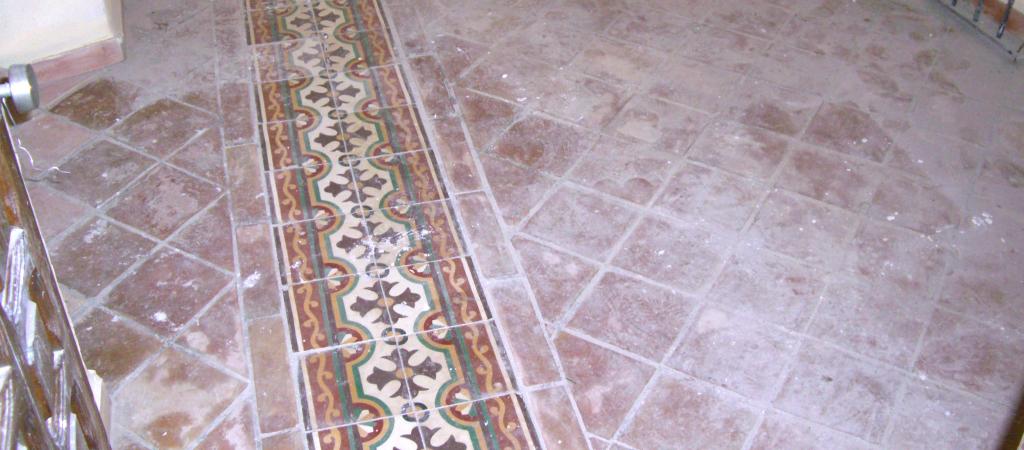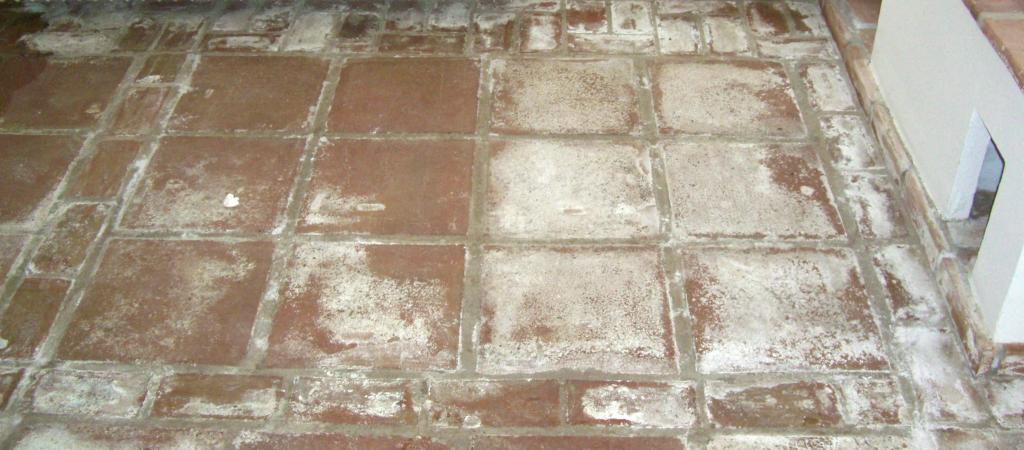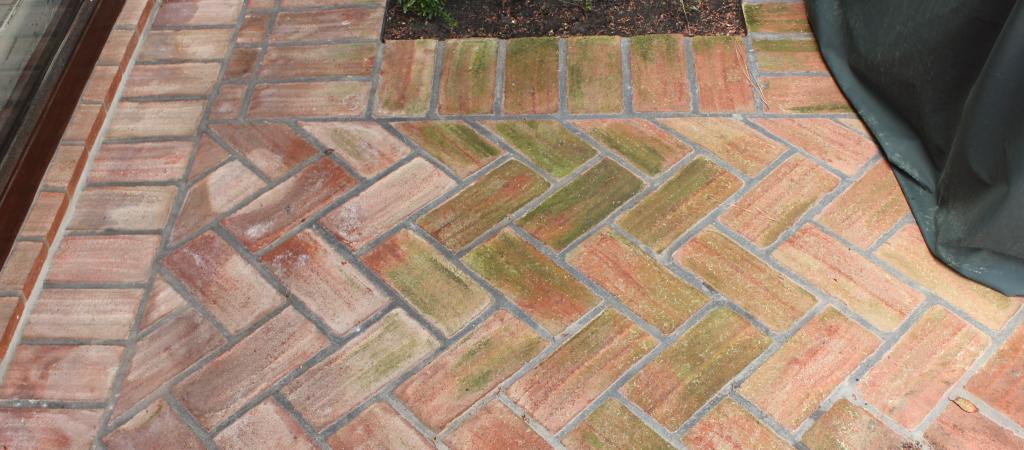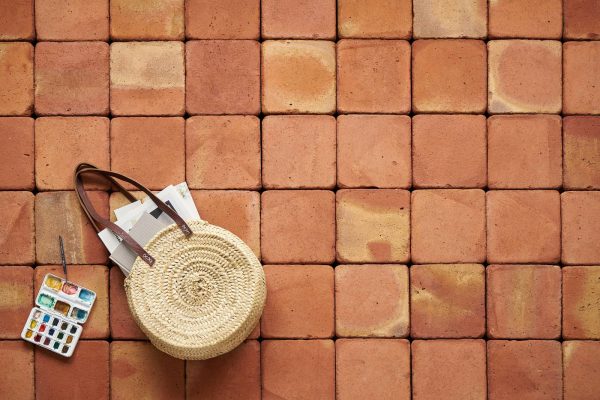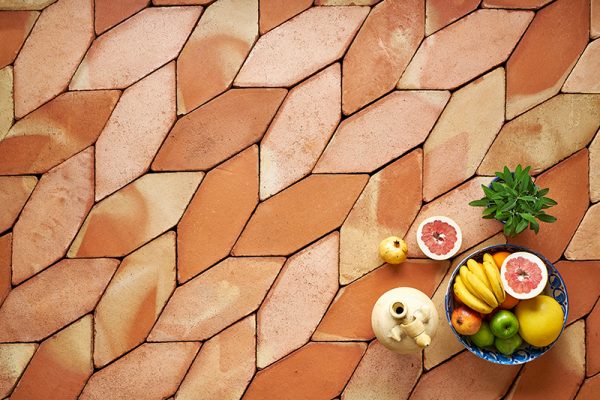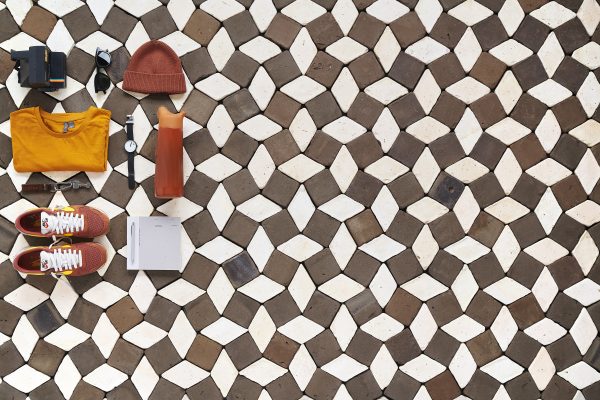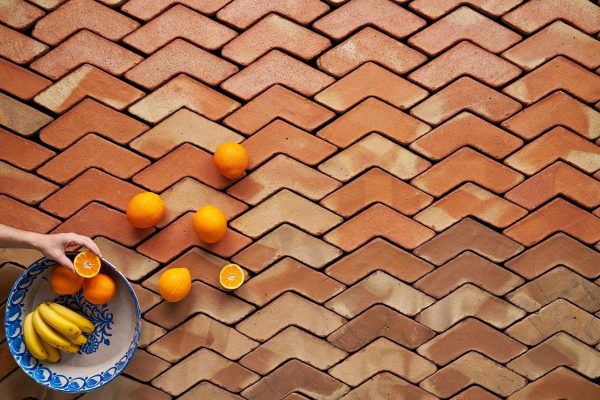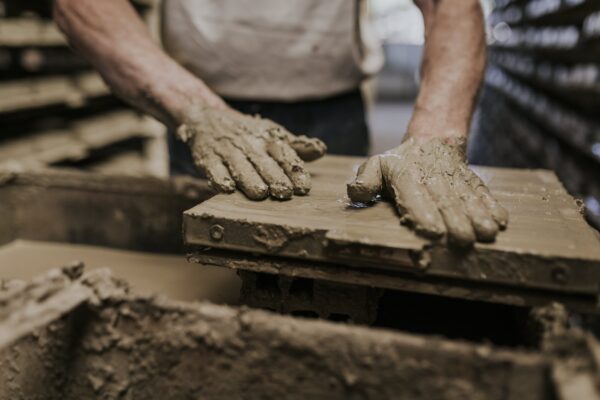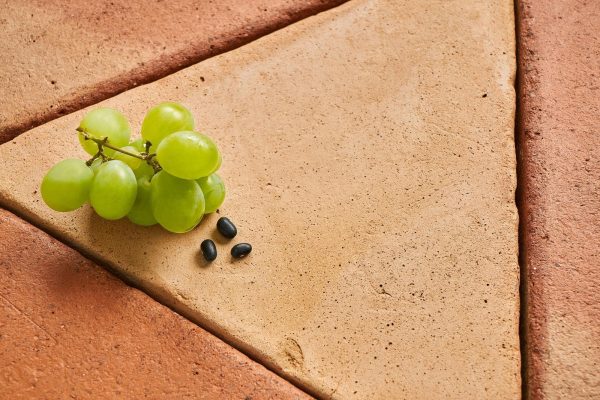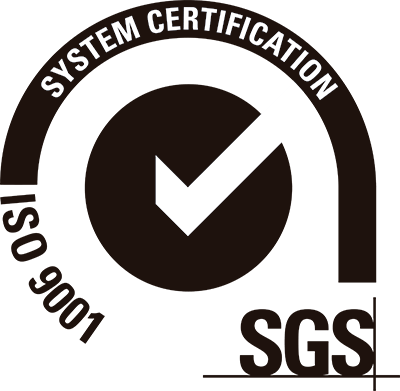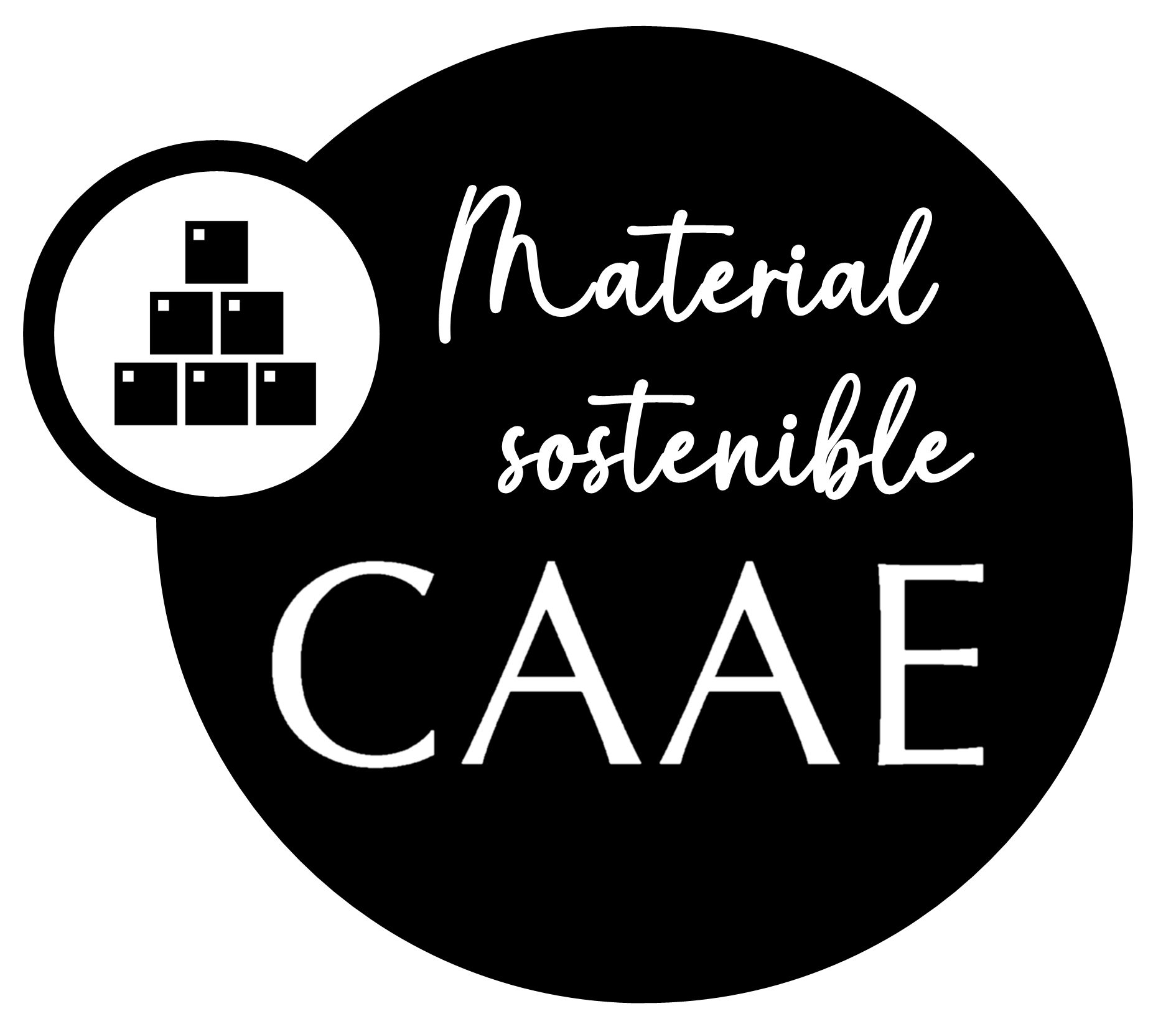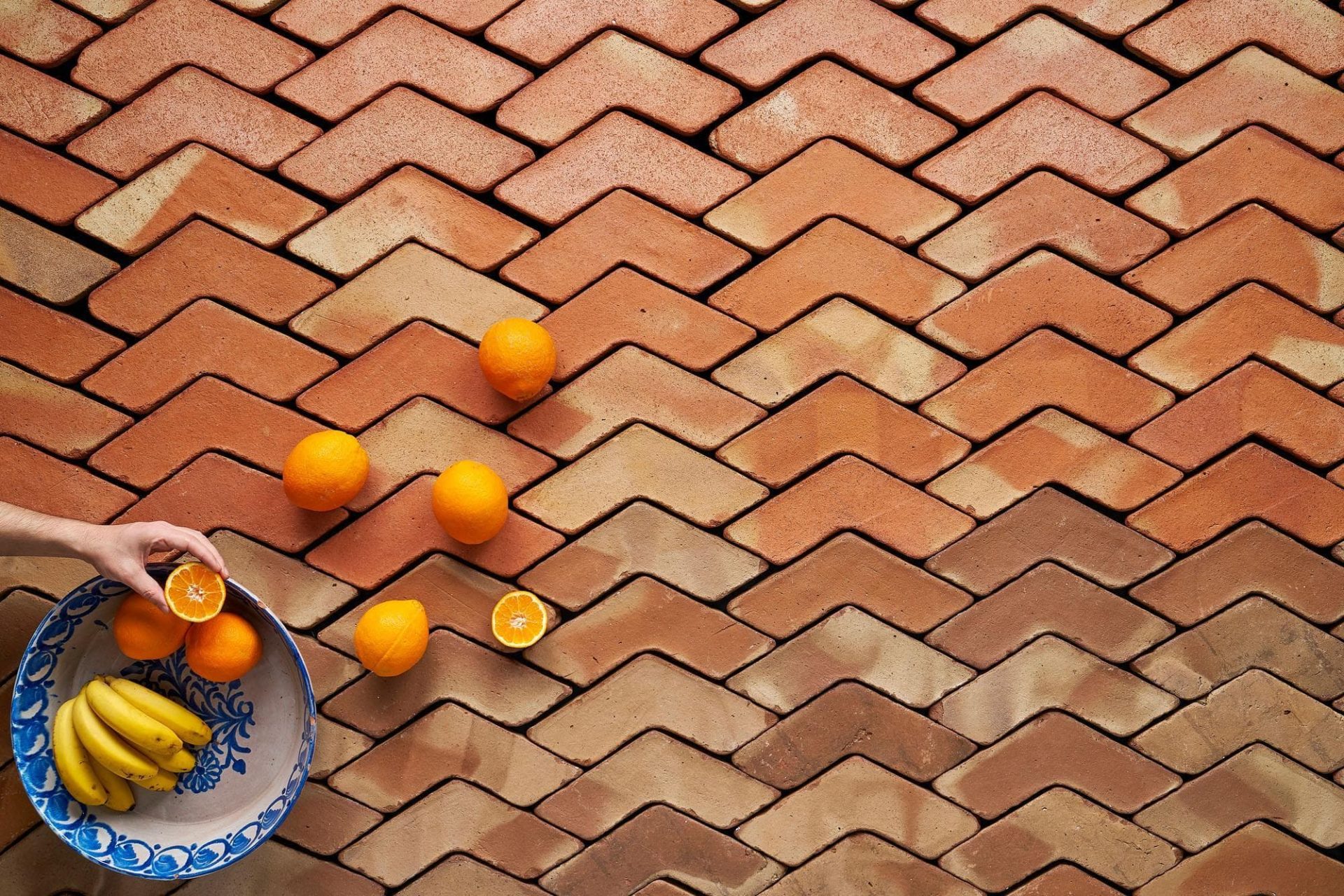
How to clean tile floors
Cleaning and protecting terracotta floors can turn out to be a real nightmare if we don't know what products to use or which professional services to engage.
How to clean tile floors, you ask? First of all, let’s begin by acquainting ourselves a little better with these types of pavement, which are so emblematic of countries on the Mediterranean. The term fired clay or terracotta is one which gets applied to a broad variety of tiles. All such tiles typically present very different characteristics to those of tiles made from other materials. Their edges and faces present unique and natural irregularities which give them their charm, and so cleaning terracotta floors can become a complicated process without the right materials, knowledge and professional help.
Why cleaning terracotta floors can get complicated
The only thing that all terracotta tile floors have in common is their rustic appearance and their high water permeability. This high porosity can lead to problems such as stubborn stains, resistance to cleaning products and impermeability which quite simply prevent us from fully enjoying these gorgeous floors as they were intended to be enjoyed. Reducing the porosity of the tiles is thus our primary objective, especially in the case of pavements which are highly rustic.
The porosity of terracotta tiles can be affected by treatments which may have been applied in the past, as well as by remnants of dirt or grime and by stains. That is why it is crucial to make sure terracotta tiles are cleaned adequately before beginning the protection process.
Cleaning entails an opening of the pores and the removal of salt residues, dirt or older protective coatings which may have been saturating the tiles. In this way, we can prepare the tiles so that they are in the best possible condition to receive and benefit from a subsequent protective treatment.
Let’s take a look at the different types of treatments out there for reducing porosity, the types of stains that may have an impact on this and how to go about cleaning these types of floors.
How to reduce the porosity of terracotta tiles?
What follows is a list of the different options which are generally used, as well as their pros and cons:
Home remedies
Passed down by word of mouth from generation to generation or simply spread about over the Internet. When you type “How to clean tile floors”, you might get some of these answers back from the Great Web. This category of treatments is comprised of extravagant and outlandish suggestions from motor oil through to linseed oil or traditional waxes. Their only advantage is that these are often cheap solutions in the short term, but in the long term they cause multiple problems, such as:
- Lack of aesthetic uniformity in terms of the tone, which is often remedied by adding more and more product until the floor is completely darkened in appearance.
- Difficult maintenance, as these kinds of suggestions often do not come accompanied with detailed instructions to make sure we know exactly what to do and what not to do when going about our cleaning.
- Inexperience. In the vast majority of cases, it is we ourselves who apply these kinds of home remedies to clean our floors. This increases the risk of problems (moist floors, whitish stains, etc.).
Specific products to clean tile floors
Products branded and sold by DIY stores or builders’ merchants. There are a number of leading brands which sell efficient products. So, in that case, what’s the problem?
- Experience and limited explanations from sales staff in terms of how to read the instructions on the products. It will be necessary to supplement the instructions with information and knowledge about the manufacturer’s brand if we want even minimal success.
- Our inexperience as consumers is something which often gets in the way of an effective application (which in the majority of cases consists of two or three different products being applied in phases).
Professional and pseudo-professional applicators for cleaning terracotta floors
Such as bricklayers, painters, polishers, gardeners, etc. Specialized companies with ample experience in the cleaning and protection of terracotta floors will offer the most efficient and effective solution for your ceramic floors in the long term. The main drawbacks derive from:
- Economic factors. It always seems cheaper to simply buy the products from a home improvement store and do the job yourself using home remedies rather than hiring a professional service. But if you opt for this approach, be sure to minimize the risks by getting all the right training and information.
- Involvement of non-specialized professionals who lack the proper experience to guarantee the proper resolution of certain problems which are specific to terracotta tiles and not universal.
Whichever option you choose, it is crucial that you identify the type of problem that your terracotta floor has in order to make sure you land on a suitable solution. For that reason, we are now going to list some of the most common problems in these kinds of coatings.
Most common types of stains on terracotta floors
In newly installed pavements
- Debris from installation, such as cement, mortar, gypsum and all the dirt and grime from the installation work.
- Salt efflorescence, which is typical whitish spots caused by saltpeter. This type of problem most often occurs outdoors, although you may also come across it indoors too, caused by moisture.
- Soiling caused by dirt and dust which has contaminated porous materials located primarily in outdoor spaces such as porches, terraces, patios, swimming pools, etc.
In well-worn terracotta floors
- Household stains from oils and fats or stains caused by our pets.
- Previous treatments which have deteriorated:
– Varnishes which have begun to crack and peel.
– Linseed oil which has darkened the color by too much or whose surface is becoming sticky and uniform in tone.
– Wax-based oils.
– Water repellants which do not leave a patina on the surface nor diminish its rusticity. - The appearance of mold and concentrations of moss.
Terracotta pavements frequently present a number of these problems at the same time, which can make it difficult to land on the right solution without the right experience. That is why we recommend contacting specialist companies or the manufacturers of specific products. We are always more than happy to provide advice without commitment or obligation.
Hire a professional to clean your terracotta floors: the best option
When it comes to a material as authentic and attractive as terracotta, we want to make sure that it will last for as long as possible and endure in the best conditions. This is not difficult to achieve just so long as we take the right approach to its cleaning and maintenance. To this end, hiring professionals who really know the material and how to look after it is often the only way to guarantee a successful outcome.
What to consider prior to cleaning tile floors
Before cleaning, it is very important to know whether the terracotta floor has been laid recently or if it is older and whether or not it has been treated previously. Depending on this information and the type of stains, we will decide whether it is necessary to undertake an additional step prior to cleaning which is called stripping.
Stripping is a necessary process when there is a former treatment present on the surface which has become deteriorated and needs to be removed so that the protective products we use can be absorbed by the tiles. This stage is carried out immediately before cleaning and will be different for each type of floor, as it depends on:
- Class and type of the previous treatment. Varnishes are more problematic than treatments which are based on waxes or oils, for example.
- Quantity and density of the layers applied. There is a big difference between one layer of water repellant and, say, two dense coats of linseed oil covered by a layer of varnish.
- Compaction and hardness of the terracotta tiles. In surfaces which have been greatly eroded by moisture, it will not be possible to extract full potential from our equipment when used at full capacity. Instead, it will be necessary to invest more time in treating the floor as gently as possible.
How to clean tile floors
Let’s imagine that the pavement is displaying a previous treatment which has now deteriorated alongside salt efflorescence (saltpeter) as a result of moisture. This is a common problem when it comes to cleaning terracotta floors, and the best way to proceed is as follows:
Once the floor has been swept and left to dry completely, we would apply a specific amount of an anti-stripping product onto the surface of the floor and then leave it to exert its effect on the deteriorated treatment. The exact amount and time will depend on the density and the type of treatment that was previously applied.
Next, we use rotary machines in order to distribute and apply another combination of products together with a wet vacuum in order to prevent the pavement from absorbing any of the dirt that has been emitted. The use of this equipment is fundamental in order to ensure effective cleaning on surfaces greater than 15 m2.
In the case of smaller surfaces, the owners would be able to carry out the cleaning phase themselves simply by following the instructions for the products being used. That is to say, brushing by hand instead of using a rotary and mopping instead of using a vacuum.
Once we have managed to get the terracotta floor completely clean, we must then wait until it is fully dry before applying a protective treatment. The exact amount of time needed for drying will depend on the season, but a general rule of thumb is between five and ten days.
Walking on the floor is not recommended during this time. If you absolutely have to walk over the floor, do so wearing thick socks with no shoes in order to avoid leaving marks, or put down some sheets of cardboard (never plastic), which you should then remove again when possible.
Once we have undertaken the proper cleaning of the terracotta floor, our pavement will then be ready for us to apply an effective layer of protection.
Characteristics of the products used to clean terracotta floors and remove previous treatments such as varnishes, oils, waxes or water repellants
The products used are prolonged action strippers, which are comprised of an aqueous solution made from cationic surfactants, sequestrants, humectants and inorganic salts. Only in the case of particularly stubborn varnishes would we use a solution based on solvents, and we would inform our clients of any such application. Principal characteristics are:
- They do not emit vapors or leave odors, as they do not contain solvents (except in the case of varnishes).
- They do not deteriorate the flooring or joints. They are only aggressive against stains and previous treatments using linseed oil, wax-based priming oils and similar.
- They are the only strippers which remove mortar residues of the epoxy variety.
- They are slow-acting and can take between five minutes and several hours to exert their effect.
- Recommended for use within a temperature range of between 5 ºC and 35 ºC.
- The use of gloves and protective googles is necessary in order to protect the area around the eyes from splashes.
- Materials which are particularly sensitive to alkaline detergents should be protected, e.g., woods, painted surfaces or plastic coatings.
Debris from installation, joints and salt efflorescence (saltpeter) on terracotta floors
The best approach in these cases is to use concentrated products based on surfactant compounds, corrosion protectors. To apply, dilute in water and inject using a rotary machine before then removing promptly with a wet vacuum. These are their characteristics:
- They do not emit vapors and so do not affect fixtures which are sensitive to acidic vapors such as faucets and handles.
- They do not deteriorate the pavement or joints but rather exert an aggressive effect only on debris from installation (mortar and cement on recently laid floors) and salt efflorescence (especially in outdoor areas).
- They rapidly eliminate rust stains.
- Recommended for use within a temperature range of between 5 ºC and 35 ºC.
- They are fast-acting and can take between 5 and 30 seconds to exert their effect.
- It will be necessary to wear protective googles to protect against splashes, as well as gloves and acid-resistant clothing
- Be sure to take care around materials which are sensitive to acids, such as polished marble. Hydraulic mosaics and cement derivatives may be affected depending on the proportion of the product diluted in water, and so professional supervision will therefore be required for this aspect of the procedure.
Concentrations of mold and moss
In order to clean terracotta floors from mold and moss, the best approach is to use an aqueous solution based on cationic surfactants, sequestrants, humectants and inorganic salts. Once more, this should be applied using a rotary machine in order to boost chemical efficiency and then a wet vacuum to rapidly remove the dirt and grime (so that it is not reabsorbed by the high porosity which is typical of terracotta tiles and some types of stone floors). Typical characteristics:
- Does not emit vapors or leave odors.
- Does not deteriorate the flooring or joints but rather exerts an aggressive effect only against the appearance of mold, scum and concentrations of moss.
- Exerts a fungicidal and algicidal effect which serves to both cure and protect.
- It is slow-acting and can take between five minutes and several hours to exert its effect.
- Should be combined with a cleaning procedure to remove salt efflorescence.
- Recommended for use within a temperature range of between 5 ºC and 35 ºC.
- It will be necessary to wear protective googles to protect against splashes, as well as gloves to protect the hands.
- Materials which are particularly sensitive to alkaline detergents should be protected, e.g., woods, painted surfaces or plastic coatings.

